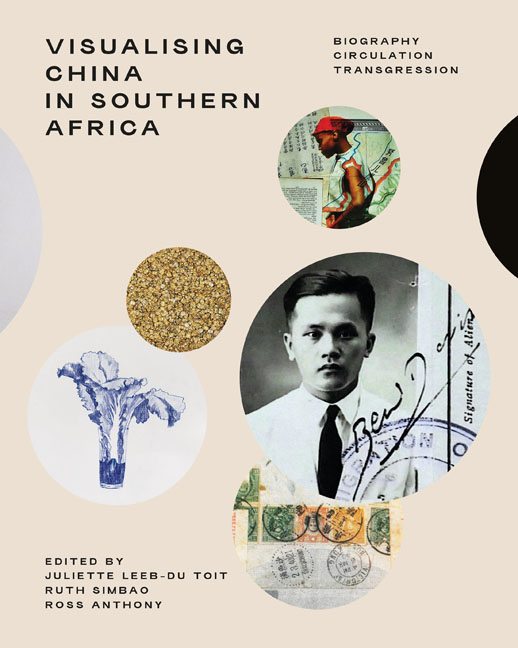6 - Traces of Chinese Trade Ceramics in Southern Africa
Published online by Cambridge University Press: 24 November 2023
Summary
CHINESE PORCELAIN TRADED TO AFRICA
Africa has a rich tradition of ceramic making and usage that spans thousands of years, yet the continent's ceramics signature also includes traces of those that originated elsewhere and reached Africa along various sea and land trade routes. Chinese porcelain featured prominently among imported oriental ceramics, which introduced high-fired glazed porcelain to Africa, in contrast to indigenous ceramics, which were usually made of low-fired earthenware (Gers 2012).
Composed of a mixture of crushed rock (porcelain stone) and clay (china clay, or kaolin), porcelain – a thin, white, translucent material – had been made in China since the ninth century (Clunas 1987, 34). From the twelfth century onwards, Jingdezhen, an inland town in southern central China, became synonymous with the manufacturing of blue-and-white, or underglaze blue, porcelain. Blue-and-white porcelain is typically painted with cobalt blue designs before the addition of a transparent surface glaze (Atterbury 1982, 56), cobalt being a metallic oxide that can withstand the high temperatures at which porcelain is fired (Atterbury 1982, 21). Jingdezhen's success was linked to the fact that it was situated close to large deposits of highquality raw materials needed for the making of porcelain, as well as a network of rivers and lakes, which facilitated transport to port towns for export purposes (Rinaldi 1989, 49).
This chapter analyses Chinese porcelain that arrived at ancient kingdom sites in southern Africa during precolonial times. It furthermore provides an overview of the kinds of trade ceramics that were in use at the Cape of Good Hope at the southern tip of Africa, specifically during the Dutch colonial period. It also engages with the trading practices of the time, the people who owned ceramics in colonial Cape Town, and the status associated with certain ceramic wares. In conclusion, the legacy of Chinese trade ceramics is considered in view of its continued influence on the work of a number of contemporary South African ceramic artists.
TRADE ROUTES
Trade between China and other parts of the world existed from early on. The famous Silk Road, a trans-Asian caravan trade route, flourished from the second to the thirteenth century, and stretched from China to Persia and Rome. Silk and other goods such as tea, ceramics and lacquered wares were transported overland along this route (Historical and Cultural Exhibitions 1991, 17).
- Type
- Chapter
- Information
- Visualising China in Southern AfricaBiography, Circulation, Transgression, pp. 122 - 139Publisher: Wits University PressPrint publication year: 2023



